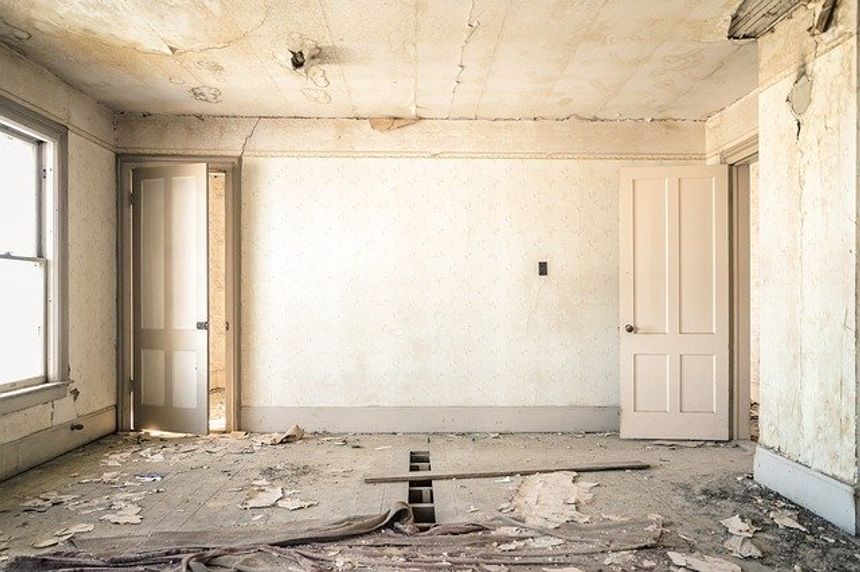Statutory covenants for fitness for human habitation
Statutory covenants requiring landlords to ensure that rented homes are fit for human habitation came into force on 20 March 2019. From that date, landlords owe an obligation of fitness for human habitation to anyone who signed a new tenancy agreement of less than 7 years for a home (either the one they are currently living in, or for a new home), or anyone whose tenancy expires and becomes a periodic tenancy after that date.
After 20 March 2020, the new covenants (9A-9C of the Landlord and Tenant Act 1985, inserted by the Homes (Fitness for Human Habitation) Act 2018) will also apply to anyone who has a secure or assured tenancy, or a statutory tenancy, or a private periodic tenancy of less than 7 years, regardless of when the tenancy commenced.
If a rented house or flat is not ‘fit for human habitation’, the landlord is in breach of the lease and can face a claim for damages or an injunction requiring the landlord carry out repairs or put right health and safety problems.
Meaning of "Unfit for human habitation"
"Unfit for human habitation" means any one or more of the following:
- the building has been neglected and is in a bad condition or is unstable;
- there’s a serious problem with damp;
- the problem is caused by the tenants’ own possessions;
- it has an unsafe layout;
- there’s not enough natural light, or ventilation;
- there is a problem with the supply of hot and cold water, drainage or lavatories;
- it is difficult to prepare and cook food or wash up; or
- any of the 29 hazards set out in the Housing Health and Safety (England) Regulations 2005.
Law Commission proposals implemented
The change in the law was based on a 1996 Law Commission report, in the drafting of which I assisted the then Law Commissioner, Charles Harpum QC (Hon): (LAW COM No 238) LANDLORD AND TENANT: RESPONSIBILITY FOR STATE AND CONDITION OF PROPERTY from March 1996. Unfortunately, 23 years to implement a Law Commission reform proposal is by no means a record. That is currently held by the 1966 proposal to abolish Distress for Rent (under the Interim Report on Distress for Rent (1966), Law Com. No. 5). It was eventually implemented 48 years later on 6 April 2014 by Chapter 2 of The Tribunals Courts and Enforcement Act 2007, which replaced it with a new regime of Commercial Rent Arrears Recovery (CRAR). So don't change your business plans around current Law Commission proposals just yet...


/Passle/57bd9d773d94740310eec5b7/MediaLibrary/Images/2025-12-02-18-57-16-499-692f368ccb7c9dfade943813.jpg)
/Passle/57bd9d773d94740310eec5b7/MediaLibrary/Images/2025-12-01-18-14-45-780-692ddb15931c2ebece140de8.jpeg)
/Passle/57bd9d773d94740310eec5b7/MediaLibrary/Images/2025-12-01-18-09-44-208-692dd9e8931c2ebece1409f9.jpg)